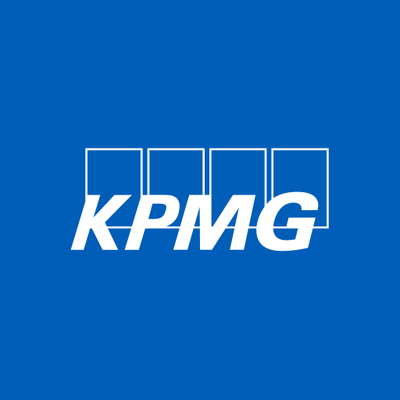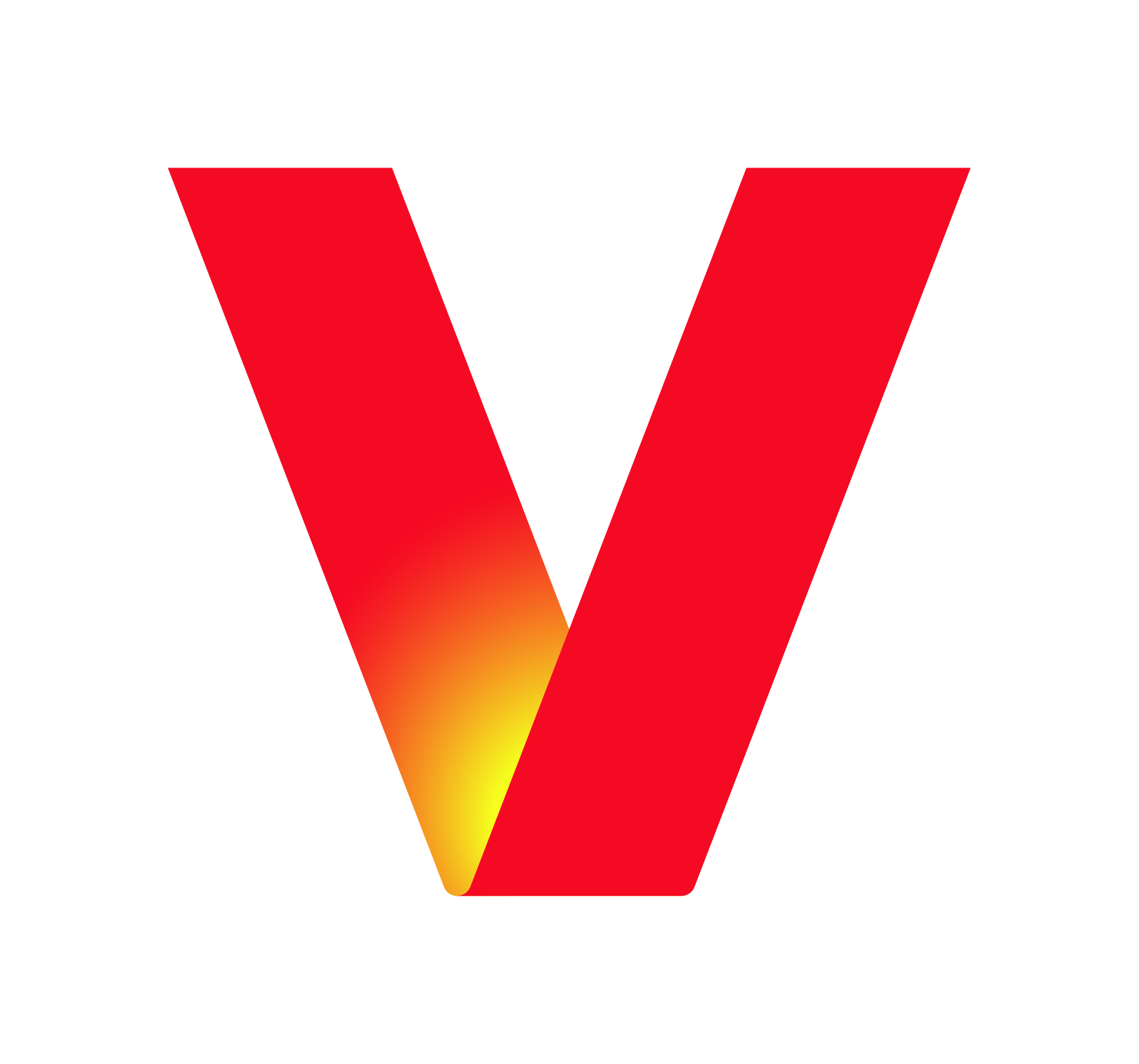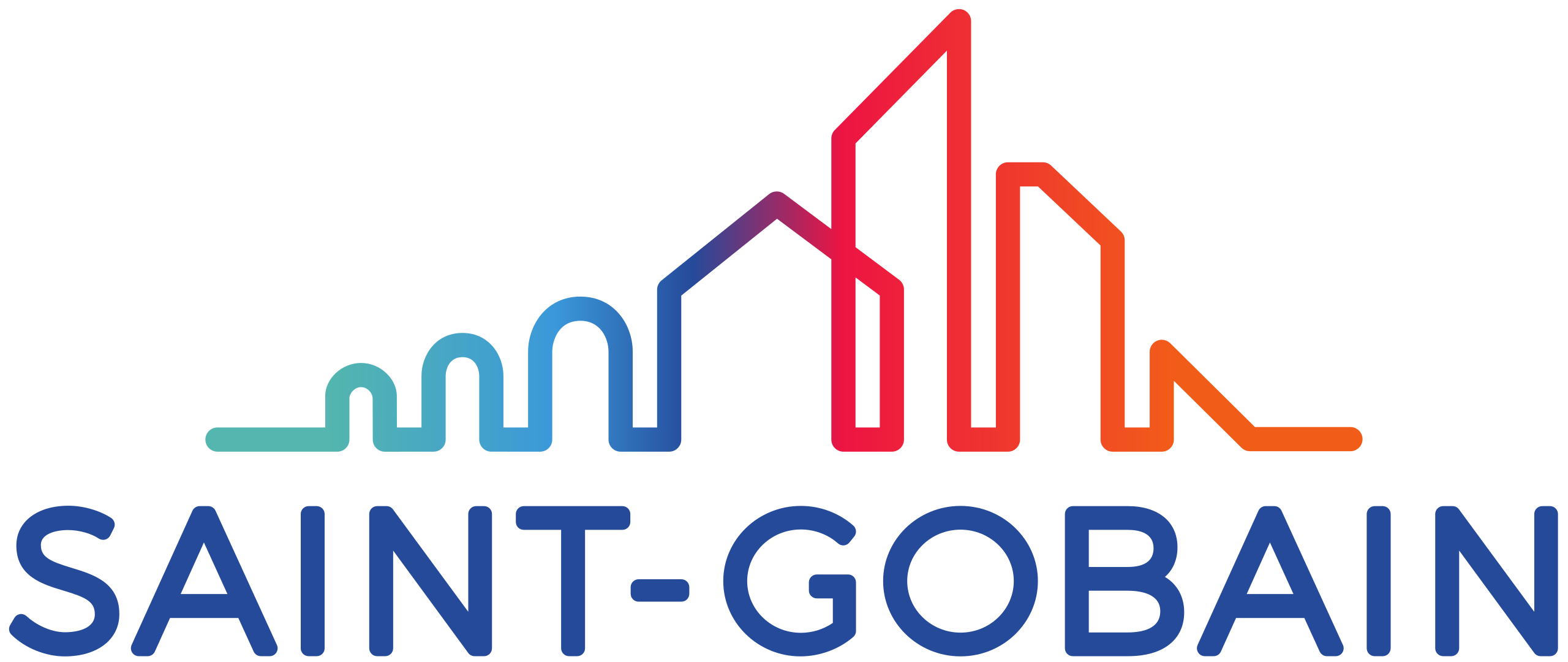Having a professional LinkedIn profile that gets you found and impresses those that find you is important whether you’re actively searching for a job, leveraging LinkedIn to generate leads or networking professionally with other industry professionals.
At its most basic level, your LinkedIn profile is a marketing tool used to promote you, your brand and your skills. People whom you’re connected to will see your profile and will have the ability to read about your skills and experience, but they will also be able to see how knowledgeable you are in your industry based on your activity on LinkedIn.
Your profile works for you 24/7. You’ll want to show everyone who finds you what your skills are and what you bring to the table. These are people who may be in a position to hire you, such as recruiters or human resources professionals, or they could be potential clients.
With everything you include on your profile, think of the impression you want to make on others who may read it. Write about your skills, professional experience and you at your best with the intention of demonstrating how it can help the reader. Filling out your profile will be an investment of your time, but it doesn’t need to be difficult; you will want to fill out as much as possible in order to get the most out of LinkedIn. Here I’ll cover a few best practices, but I cover them and many more in much greater detail in my workshops. Follow these to make your profile as impactful as possible.
Headline
- Your headline is one of the most important sections of your profile. It follows you wherever you go on LinkedIn and it is the first information people see when you come up in searches and when you are active in areas within LinkedIn. You have 120 characters of space to brand yourself using keywords that are searchable. This section defaults to your current title but perhaps you want to change this to focus on how you want to brand yourself with your skills and your areas of expertise. The keywords that you use will help with Search Engine Optimization and will allow you to be found when recruiters search for people like you. Your headline combined with a great photo is good way to grab the attention of others.
Profile Photo
- Profiles with photos are 11 times more likely to be viewed than those without photos. You’ll want a professional photo of you smiling, dressed appropriately for the image you want to present. You may not have a professionally taken photo readily available but use the best, most professional looking photo you have. The worst photo you can have is no photo at all.
Summary
- Use this section to talk about your personal brand. You get 1,720 characters of space to talk about what you do, what value you bring, your level of expertise and your biggest achievements. Talk about your skills and your expertise and what you can do for potential employers or clients. Again, use keywords to show up higher in searches utilizing SEO.
Documents
- Add examples of your work, certifications or PowerPoint presentations. When uploading media to LinkedIn, it gives you the option of publishing your presentations to Slide Share. Slide Share allows users to share their presentations with millions of users.
Work History
- List relevant work history that make sense for your goals. You can also list accomplishments in this section; keep in mind, the more key words you use, the more you maximize SEO.
Recommendations
- Recommendations can really set you apart from the rest. These are statements made by colleagues, clients or former managers who have decided to publicly talk about your good work and your ability. Some recruiters won’t consider candidates if they don’t have recommendations, so get them.
Updates
- Use Updates to post industry related posts. Whether your update is a link to an article, an event or a training you’re attending, you have the option in your settings to have your posts automatically posted to Twitter and then to Facebook when you post to LinkedIn. This is a good way to really spread your message to a wide audience and get noticed using not just LinkedIn but other social media channels as well. Of course, you can simply post your update to LinkedIn only, but remember to keep it professional. LinkedIn is not Facebook. Leave the math problems, puppy photos and other irrelevant posts for Facebook. Nobody on LinkedIn cares that you like bagels, but we do care if you’re a baker and know how to make a bagel. Talk about that experience in your work history.
Publishing
- LinkedIn gives you the ability to write and publish long-form content just like what you are reading right now. This is a very good way to talk about what you know and get noticed by your connections, followers and members not in your network. IT also enables you to be searchable both on and off of LinkedIn. This becomes part of your professional profile, which can really help you strengthen your brand and establish yourself as an expert on the topic you choose to talk about.
Groups
- Use LinkedIn Groups to meet other like-minded professionals. Join up to 50 groups, and you’ll be able to freely communicate with all the members in the group. This is a great way to expand your network. For example, if you only have 150 1st degree connections but the group you joined has 50,000 members, you have the ability to reach out to those 50,000 members because you are both members of the same group, even if you are not directly connected to them. Being active in groups is one of the best ways to get noticed on LinkedIn. Post an update relevant to your goals or interests in groups that demonstrates your expertise and respond to other members’ posts with thoughtful, professional responses. This is a great way to connect with other professionals who share your interests.
These are just some of the topics I cover when I train for LinkedIn. Follow these tips to ensure that you have an impactful profile and that you are getting the most out of LinkedIn. What best practices would you recommend? I’d love to read your contributions. Feel free to comment below.






